Secrets of Melanesia Cruise
- Upcoming Departures:
- Oct 22 - Nov 8, 2026
Highlights
Highlights
- Visit hard to reach islands
- Experience villages still living traditional lifestyles
- Exception birding; highlights may include the Superb Pitta, the Roviana Rail, Solomon Sea Eagle and Vanuatu's Vanikoro White-eye.
- Optional snorkeling or kayaking in beautiful water with spectacular reefs
Map
Map

Overview
Tour Overview
Sail into a world few ever experience as we explore the rich history, cultures and wildlife of Papua New Guinea, the Solomon Islands and Vanuatu on this 17-day authentic expedition cruise. Visit idyllic islands and isolated villages where unique time-honoured traditions and elaborately costumed dancers welcome us into their world. From the culturally rich arterial of the Sepik River we sail across the Bismarck Sea exploring remote shores and villages still living traditional lifestyles, and delve into the history, culture and wildlife of New Ireland and New Britain.
Crossing the Buka Channel at Nissan Island we see reminders of intensive World War II action, then enter a long-isolated world as we are among the first travellers to return to Bougainville in more than two decades. Sailing through the turquoise waters of the Solomon Islands, new vistas and unexpected encounters await. Discover one of the conservation jewels of the South Pacific on Tetepare Island, while villagers on culturally-rich Malaita Island still make and use traditional Malaitan shell-money as a dowry and wear it as a status symbol. Experience a kaleidoscope of cultures as we explore Vanuatu, where more than 100 indigenous languages are spoken. With over 80 habitable islands, islanders have closely guarded their own cultures and languages. Our expedition embraces some of these cultures and languages, as we explore one of the happiest places on the planet.
Throughout Melanesia there are spectacular reefs, which are home to masses of fish and coral gardens of every colour. These waters offer some of the greatest marine diversity and snorkelling in the world and everybody will have the opportunity to appreciate the beauty beneath the waves. Whether you are snorkelling or swimming, this ocean aquarium is waiting to be explored and discovered.
For birders, this itinerary offers once-in-a-lifetime species on remote islands where few have been before, and endemic birdlife such as the Solomon Sea Eagle, or the Vanikoro White-eye, may be seen. The birding potential is exceptional, and to allow birders to maximise the opportunities on the expedition there is an optional specialised birding programme with customised excursions.
This expedition includes the option to join a sea kayaking excursion with an expert guide. Kayakers are rewarded with tranquil, tropical settings and are a source of fascination to the locals who often paddle their canoes out to join them, and invite them back to their villages.
Departures & Cabins
DEPARTURES & CABINS
Deck Plan

What's Included
What's Included
Tour Price Includes
- Discovery fund
- One night hotel accommodation in a twin share room (including dinner/breakfast)
- Transfer to airport and pre cruise flight from Cairns to Madang (2025), Cairns to Port Morsby (2026)
- All on board ship accommodation
- All on board meals including house beer, wine and soft drinks with lunch and dinner
- All shore excursions and activities
- Programme of lectures by noted naturalists
- Post cruise airport transfer
Tour Price Does Not Include
- International flights to start/end
- Visas
- Extensions
- Travel Insurance
- Kayaking
- Birding
- All items of a personal nature
- Laundry
- Drinks
- Gratuities
Gallery
Gallery






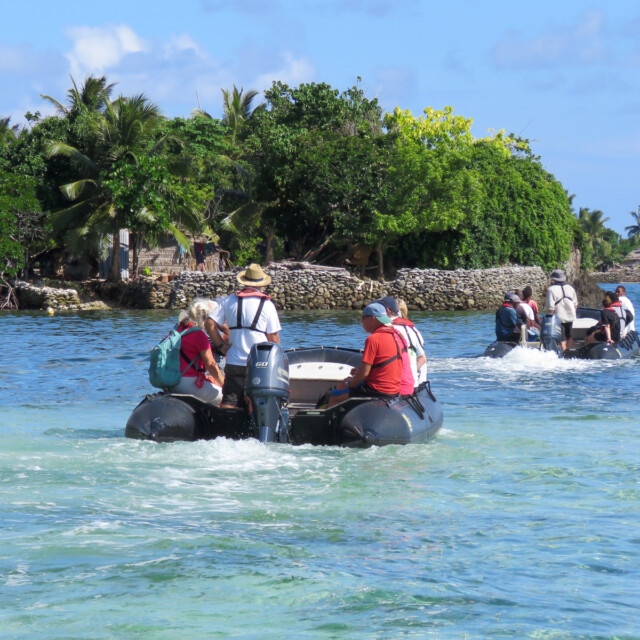
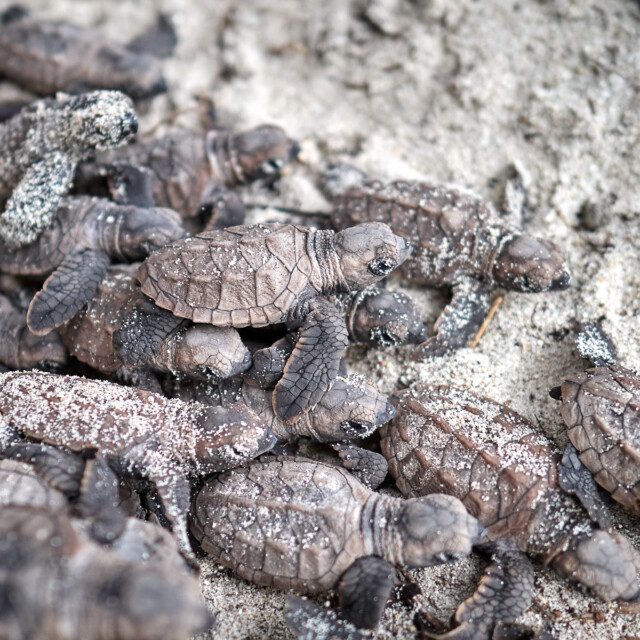




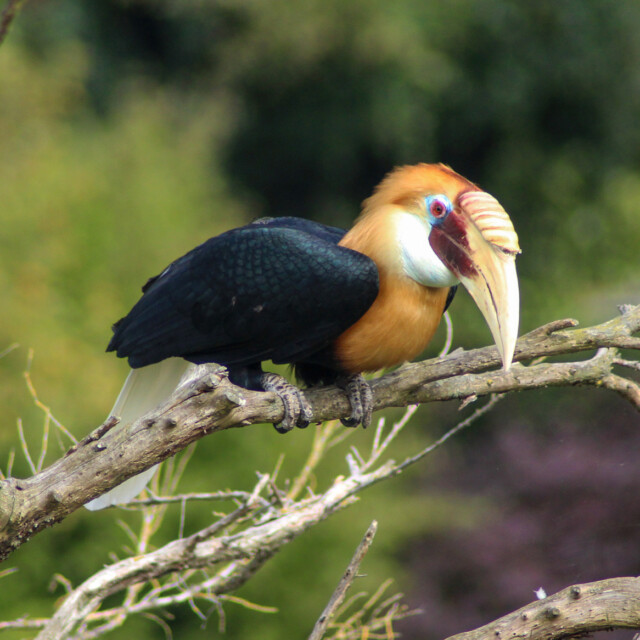

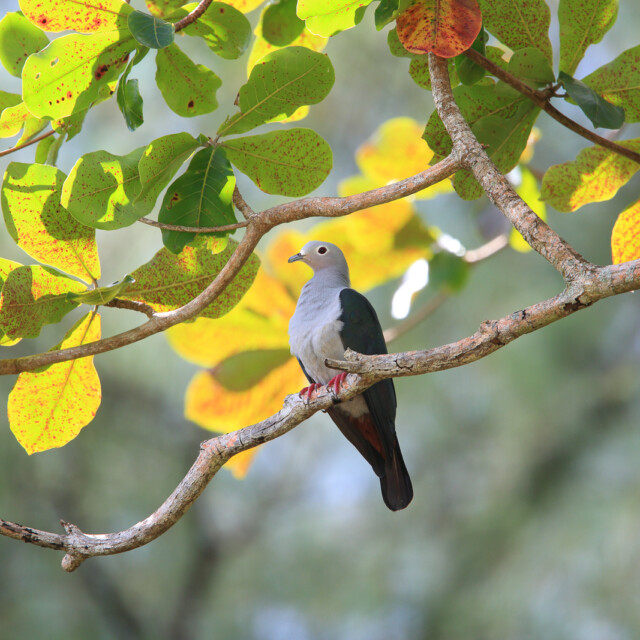




Itinerary
Itinerary
Day 1: Cairns, Australia
Arrive in the urban tropical paradise of Cairns, gateway to natural wonders the Great Barrier Reef and Wet Tropics World Heritage Rainforest, and make your way to your hotel where our group will spend the first night of the expedition. This evening meet your fellow voyagers and expedition guides over dinner at the hotel.

Day 2: Cairns to Port Moresby, Papua New Guinea
Enjoy breakfast at the hotel before boarding your flight to Port Moresby, the bustling gateway and capital of Papua New Guinea where village and urban life exist side-by-side. This afternoon board Heritage Adventurer where the captain and expedition team will be waiting to greet you on arrival and show you to your cabin. You will have time to settle in and familiarise yourself with the ship; we will also take the opportunity to introduce your expedition team and our voyage plans.
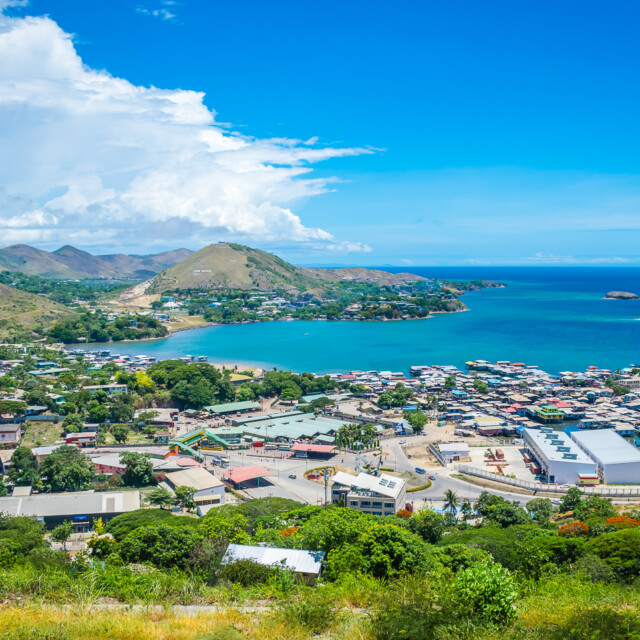
Day 3: Doini Island
Lapped by the tropical waters of Milne Bay off the eastern tip of Papua New Guinea, Doini Island is a little-known island paradise awaiting discovery. Ringed by white sand beaches, crystal blue waters and a lush rainforest interior there is much to explore and experience. With a population estimated at less than 1,000 people and little development, Doini’s untouched beauty is evident both above and below the water. Explore the rainforest with its WWII history and the traditional burial site known as Skull Cave housing around 100 skulls belonging to ancestors who fought fierce battles with neighbouring tribes. Put on your mask and snorkel and explore mesmerising coral reefs and gardens filled with exotic marine life on this beautiful tropical island escape.
Day 4: Cape Nelson, Tufi Harbour
Today we discover the scenic beauty of the rarely visited Tufi Fjords. Featuring 25 individual canyons with sheer basalt cliffs, these are the only fjords in Papua New Guinea. Take in the spectacular views as we cruise close to the towering cliffs before boarding the Zodiacs which will take us ashore for a closer look and to meet the locals where we will learn about the traditions of the Tufi people. Due to the protection of the fiords, the coral reefs are very rich in colour and variety and the waters offer remarkable visibility. We will find a suitable spot to snorkel amongst the Gobie, Mandarin Fish, Pigmy Seahorses and sponge and shelf corals. Later we will take a walk in the surrounding rainforest to look for the world’s largest butterfly, the Queen Alexandra’s Birdwing.
Day 5: D’Entrecasteaux Islands
Wake this morning in the volcanic island chain of D’Entrecasteaux Islands where we plan to visit both Dobu and Fergusson Islands. Explore Fergusson Island’s geothermal area with its hot springs, bubbling mud pools and geysers, before local guides share their stories during a village visit. On Dobu Island, a critical link in the Kula Ring which was famously investigated and described by the anthropologist Bronislaw Malinowski, options may include a local cultural performance with unique costumes and drumming, local crafts, traditional clay pot cooking methods and items associated with Kula ring trading. Those interested in birds will keep an eye out for the White Cockatoo and the Curl-crested Manucode while some of the clearest water of the expedition awaits snorkellers. A steep drop-off provides a vibrant selection of corals and a multitude of fish including tiny Clownfish.

Day 6: Trobriand Islands
Positioned in the Solomon Sea and historically known as the ‘Islands of Love’, the Trobriands offer a glimpse of traditional culture largely unspoilt by outside influence. During our visit we will enjoy picture postcard white sand beaches, colourful villages, aquamarine water and enchanting marine life. Meet the Trobriand islanders and experience energetic, time-honoured dances that celebrate fishing and the seasonal yam harvest. Learn about the history of the ‘Kula Ring’, a circular pattern of ceremonial trade relationships that bind the islands of Milne Bay and eastern Papua New Guinea together in a long-established network of friendship. These islanders are also renowned for the exquisite quality of their ebony wood-carvings, often decorated with mother-of-pearl shell inlays. We take to the water and snorkel among kaleidoscopic coral reefs populated by Parrotfish, Neon Damsels and other brilliantly-hued species.
Day 7: Rabaul, New Britain
Six beautiful cone-shaped volcanoes ring Rabaul’s dramatic, flooded-caldera harbour. Visit the bubbling hot springs and take in the magnificent views of the harbour and volcanoes from Observatory Ridge. As we explore the island, we will see fascinating reminders of the Japanese occupation, take in the site of the enormous volcanic eruption that all but destroyed Rabaul town, the underground bunker that was the hiding place of Pearl Harbour commander, Yamamoto, and join the locals shopping at the bustling Kokopo markets.

Day 8: Nissan Island
A tropical atoll adrift in the azure waters of the Buka Channel, Nissan Island is bathed in rich tropical currents that abound in marine life. Seldom have outsiders had the opportunity to discover this world promising abundant marine life and pristine coral reefs. Ashore there are still reminders of the brief, but intensive, World War II activities during which the islands were recaptured by Kiwi, Australian and British forces from the Japanese occupiers. During our time ashore we will meet with the friendly locals from all three of the island’s Balil Villages and search the dense woods for some of the elusive birds that occur here. Later the snorkellers will find plenty to discover in the coral reefs that surround Nissan.

Day 9: Bougainville Island
Today we discover the treasures of Bougainville, long isolated and in a strange way protected due to the conflict which swirled around its shores. High on many travellers’ wish lists, this autonomous region within Papua New Guinea magnificently marries rugged, jungled terrain with amazing coral reefs offshore and is home to some of the greatest biodiversity in the region, both above and below the water. Comprising two main islands and several outlying islands and atolls, it is both remote and hard to reach, but perfect for exploration by expedition ship. We plan to explore the area around Arawa, including the Panguna Copper & Gold Mine site – the setting for the movie Mr Pip – with great opportunities to access the island’s interior and its reefs. Spend your last Kina under the thatched roof of the Arawa Markets among the hum and chatter of hundreds of locals.

Day 10: Kolombangara Island, Solomon Islands
The volcanic New Georgia Islands are found in the Western Province of the Solomon Islands and are characterised by extensive reefs and lagoons, rugged terrain and an abundance of rivers. Nature enthusiasts will relish landing on Kolombangara Island, where we plan to visit the Imbu Rano Eco Lodge and Conservation Area which protects the islands central peak and searching for the rare Roviana Rail along with other endemic bird species. Snorkel the surrounding reefs, home to some of the highest fish counts in the world and enjoy a Zodiac cruise and village visit. Stock up on the local currency to purchase wood or stone carvings the people of the Western Province are so famous for.

Day 11: Tetepare Island
Uninhabited for 150 years, this rugged island cloaked in rainforest and fringed with coral reefs is home to one of the Solomon Islands’ leading community-driven conservation projects, the Tetepare Descendants’ Association. Receiving international recognition for its conservation and archaeological significance, three species of turtle, including the endangered leatherback, nest on its beaches while other species inhabiting the island and surrounding waters include dugong, the world’s largest skink, endemic Tetepare White-eye and many more. A highlight of our voyage, this afternoon we plan to explore and enjoy a drift snorkel of the fringing reef with its outstanding marine biodiversity.

Day 12: Nggela Sule & Tulagi Islands
Today sees us exploring the heart of the Solomon archipelago, the Nggela Islands chain which comprises 50 jungle-capped islands with powdery white sand beaches and stunning gin clear waters, and home to exceptional coral gardens, reefs and marine life. In Roderick Bay on main island Nggela Sule, explore the beach and forest, and enjoy the thrill of snorkelling. Experience a traditional welcome from the local warriors on Tulagi Island. Explore this fascinating island, its town centre once the administrative seat of the British Solomon Islands Protectorate until it was destroyed by the Japanese during World War II. During our visit we plan to visit the historic sites of Blue Beach and the Japanese U-caves where soldiers hid during their battle with US forces.

Day 13: Santa Ana Island
Experience a traditional Solomon Island’s welcome on arrival at Port Mary on Santa Ana Island. Also known as Owaraha or Owa Raha, this stunning coral island, first sighted by Europeans in 1568, is ours to explore today. Delight in the local hospitality and culture as we peruse local handicrafts, explore the lush forests with our guides and meet the local children at the village school or bask in tropical waters. Birders will be on the look out for the tiny Sooty Myzomela, Island Imperial Pigeon, Solomons Rufous Fantail and Chestnut-bellied Monarch among others.

Day 14: Nendö Island, Temotu Province
Nendö is the largest of the Santa Cruz Islands, which lie to the south-east of the Solomon Islands. The Spanish navigator Álvaro de Mendaña de Neira unsuccessfully attempted to establish a colony in 1595. Biologically these islands share more in common with Vanuatu. It is also the home of the regions famous red feather money known as Tevau, sourced from the Scarlet Honeyeater. Watch the manufacture of red feather money, and join the locals in dances which reverberate through the ages.
Day 15: Vanikoro Island
Today we explore the archipelago of Vanikoro, with its five islands encapsulated by a dramatic barrier reef offering superb snorkelling. French explorer Jean-François de Galaup, comte de La Pérouse famously disappeared here after both his vessels, La Boussole and Astrolabe, struck the reef in 1788. On the shore we visit a monument to Le Pérouse, erected by fellow explorer Dumont d’Urville in 1827. Join the naturalists on a forest walk in search of the endemic Vanikoro White-eye and Monarch, or marvel at the delicate Vanikoro Orchid. We also have a good chance to see the recently rediscovered Vanikoro Flying Fox, considered extinct until a recent visit.
Day 16: Espiritu Santo, Vanuatu
Today we explore Vanuatu’s largest Island, Santo; location of James Michener’s Tales of the South Pacific. Sip champagne on Champagne Beach, indulge in a swim in its crystalline waters and experience the region’s traditional ‘water music’ as performed by the local villagers. This afternoon we will enjoy Zodiac cruises to the iconic blue holes of Santo. For those with an interest in the history of the island, there is a visit to Luganville and Million Dollar Point.

Day 17: Ambrym & Efate Islands
Today we will visit Ambrym, renowned as the island of volcanoes and magic throughout Vanuatu. We plan to head ashore at Ranon on the northern coast where the traditions of the ancient Rom Dance and custom carving are alive and well. A walk through the forest brings us to the ‘arena’ where masked dancers emerge from the forest. The forests of Ambrym offer excellent walks to search for local birds and plants, accompanied by our naturalists. This afternoon enjoy a final snorkel excursion on Efate or ‘Sandwich Island’, as it was once known, a tropical island paradise famed for its hidden natural wonders, beaches and historic sites.

Day 17: Port Vila, Vanuatu
This morning we arrive into Port Vila with disembarkation after breakfast. A transfer to our central city hotel or the airport will conclude your voyage. To allow time for disembarkation procedures we do not recommend booking flights from Port Vila before midday. Note: During our voyage, circumstances may make it necessary or desirable to deviate from the proposed itinerary. This can include poor weather and opportunities for making unplanned excursions. Your Expedition Leader will keep you fully informed. This tour offers a variety of activities and excursions. Your personal interests will determine which of these you wish to join. Please note that some activities and excursions will run at similar times, and it will not be possible to participate in both. Accordingly, refunds for excursions and missed landings are not available. Voyages are planned and scheduled pending final regulatory approval.
What to Expect
What to Expect
The focus and emphasis of every expedition is getting you ashore as often as possible for as long as possible with maximum safety and comfort. Our Expeditions are accompanied by some of the most experienced naturalists and guides, who have devoted a lifetime to field research in the areas that we visit.
Every day we offer a combination of interesting shore excursions and fun shipboard activities. The number of participants per group may vary as there are a variety of daily activities to choose from, but you can generally expect a group size of maximum 30. Our excursions onshore will involve a relatively low level of exertion, but you will need a reasonable level of mobility to get up and down the gangway and climb into and out of Zodiacs (with assistance).
There are opportunities for seeing birds and wildlife on the ‘regular’ program. There is also an optional specialized birding extension package with customised excursions. This is a small group with a maximum of 10 guests. The birding excursions are usually run very early in the morning. For birders, this itinerary offers once-in-a-lifetime species on remote islands where few have been before, and endemic birdlife such as the Solomon Sea Eagle, or the Vanikoro White-eye, may be seen.
When the ship is underway, it is a wonderful time to join a naturalist on deck, take photos of the stunning scenery, or get caught up on some reading in the library. In addition, our resource staff will give informative talks at various times throughout the voyage.
Meals in the ship’s dining room are a great opportunity to meet new friends and recount the day’s adventures. Special diets can be accommodated with advance notice. Safety is also a top priority with Eagle-Eye Tours – our team has extensive experience in the field, and all of our Voyages are run in conjunction with operators with the highest safety standards. The Heritage Adventurer is equipped with a well-stocked hospital and medical doctor on voyages.
We know that everyone travels for different reasons. Over the years, however, we have found one common element among the guest who choose to travel with us – a thirst of knowledge and authentic experience. Knowing this drives us to ensure the highest quality learning experience on our trips, by taking time to carefully design each trip we offer.
Ship & Deck Plan
Ship & Deck Plan: Heritage Adventurer
Heritage Adventurer

Heritage Adventurer is a true pioneering expedition vessel of exceptional pedigree. Often referred to as the ‘Grande Dame of Polar Exploration’ due to her celebrated history and refined design, she was purpose-built for adventure in 1991 at Finland’s Rauma shipyard and specifically designed for Polar exploration.
Setting a peerless standard in authentic expedition travel, Heritage Adventurer (formerly known as MS Hanseatic) combines the highest passenger ship iceclass rating (1A Super) with an impressive history of Polar exploration. Having held records for the most northern and southern Arctic and Antarctic navigations, and for traversing both the Northwest and Northeast Passages, makes Heritage Adventurer perfect for pioneering New Zealand-based signature experiential expedition travel.
Originally designed to accommodate 184 guests, Heritage Adventurer now welcomes just 140 expeditioners ensuring spacious, stylish and comfortable voyages, while a fleet of 14 Zodiacs ensures all guests are able to maximise their expedition adventure. Heritage Adventurer proudly continues our traditions of exceptional, personalised expedition experiences.
Learn More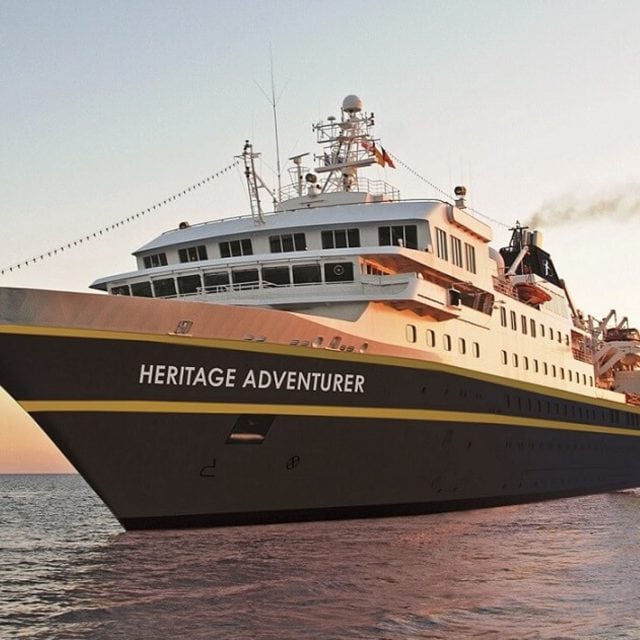
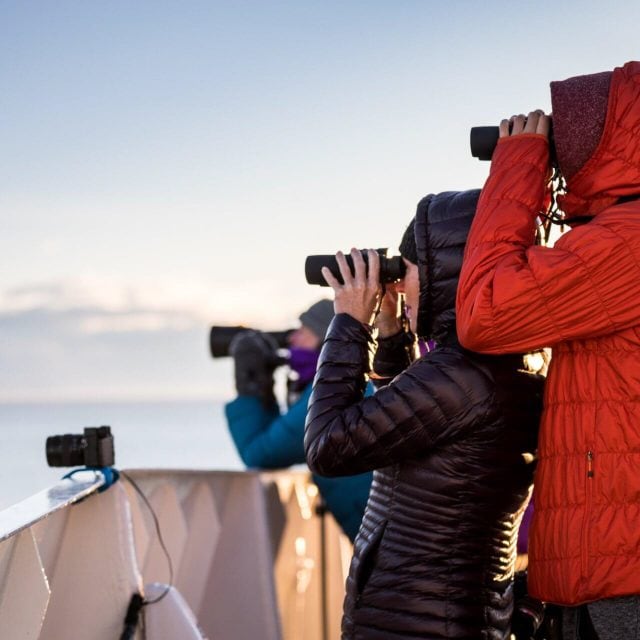

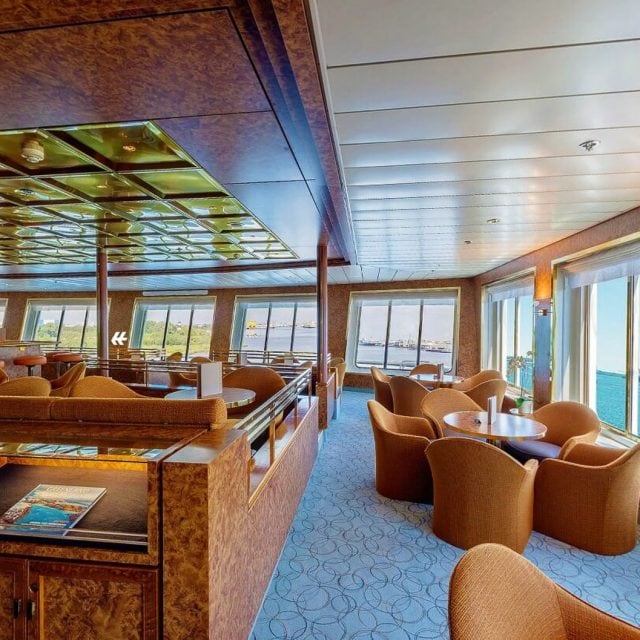
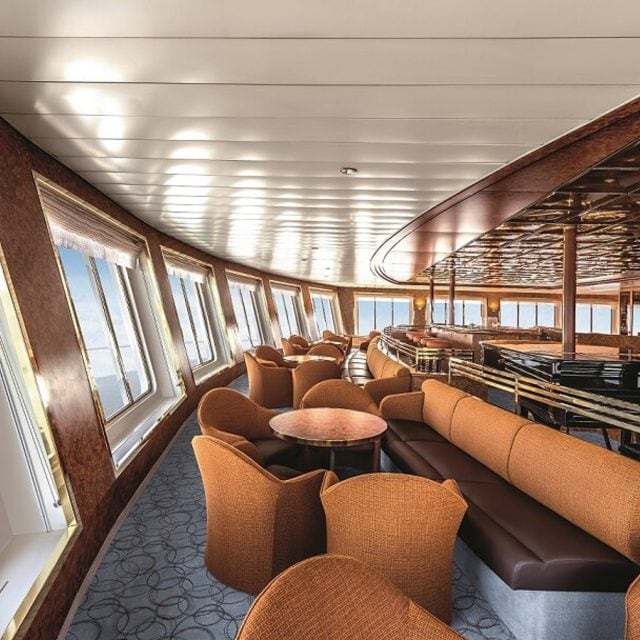

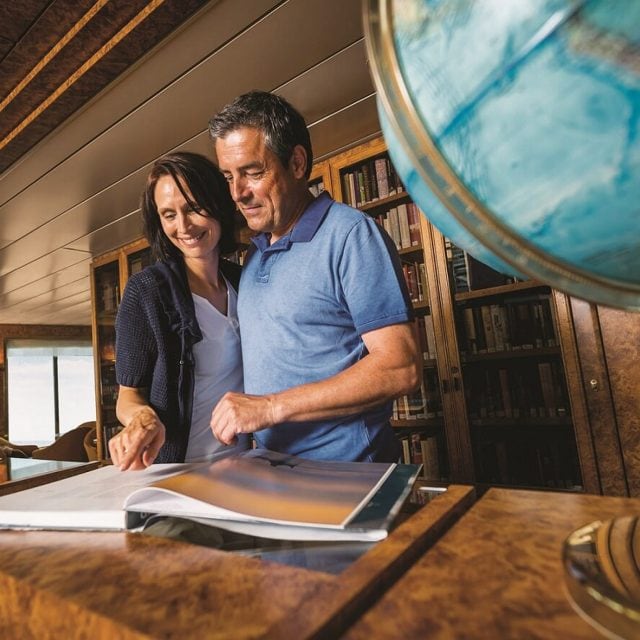


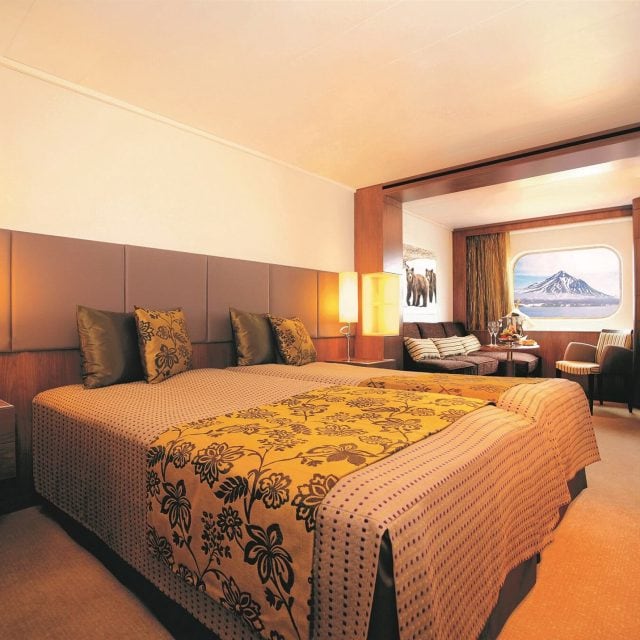







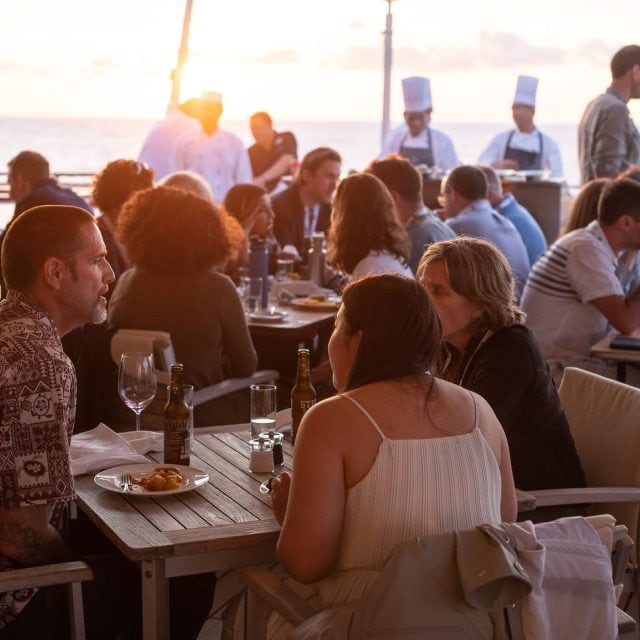
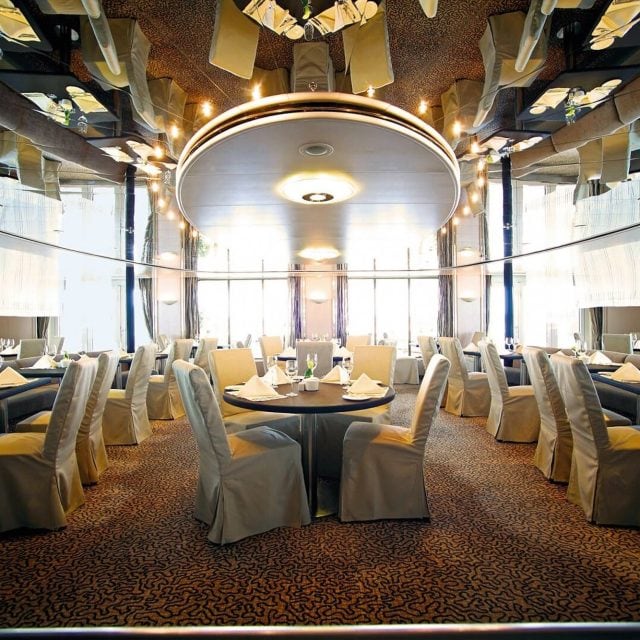

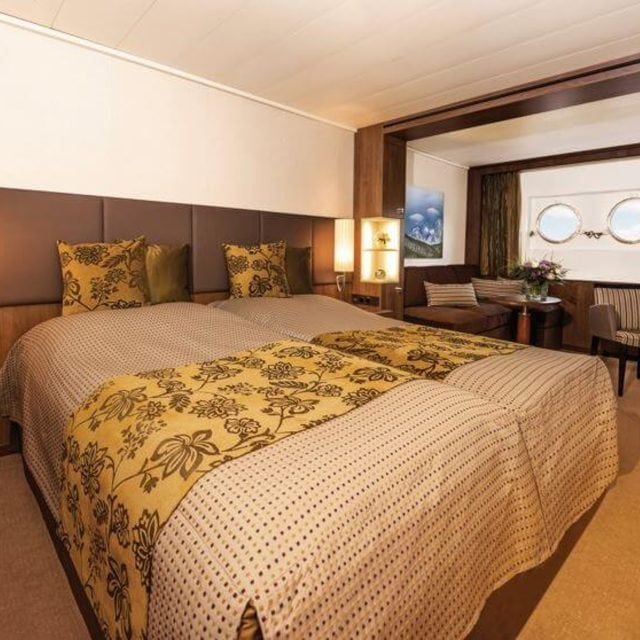
Past Tour Checklists
Past Tour Checklists
View the list of birds and other wildlife we encountered on our past tours.



